SBAdmin Support
Need Help? We got you covered.
Clearing browser cache after SBAdmin update
Continue reading “Clearing browser cache after SBAdmin update”
Need Help? We got you covered.
Need Help? We got you covered.
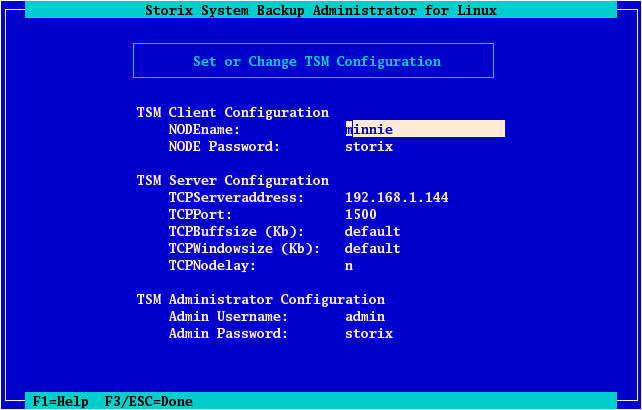
Need Help? We got you covered.

Need Help? We got you covered.
Continue reading “How To Configure a Bootable USB drive for bare metal recovery”
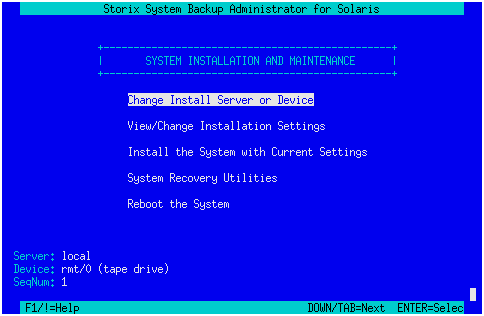
Need Help? We got you covered.

Need Help? We got you covered.
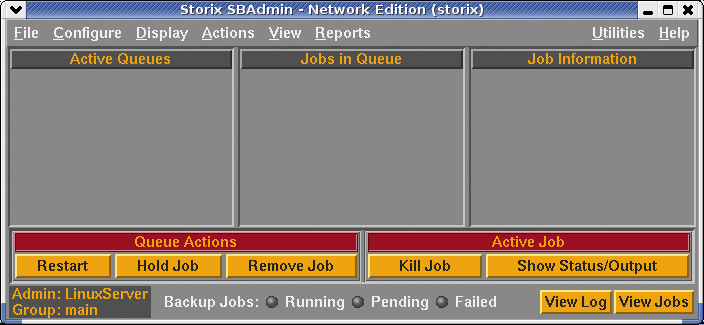
Need Help? We got you covered.

Need Help? We got you covered.
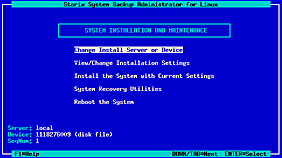
Need Help? We got you covered.

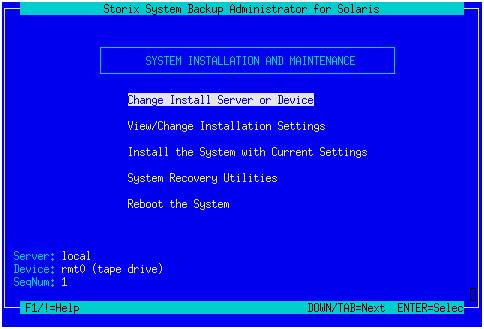
Need Help? We got you covered.

Continue reading “How to migrate UFS filesystems to ZFS filesystems”